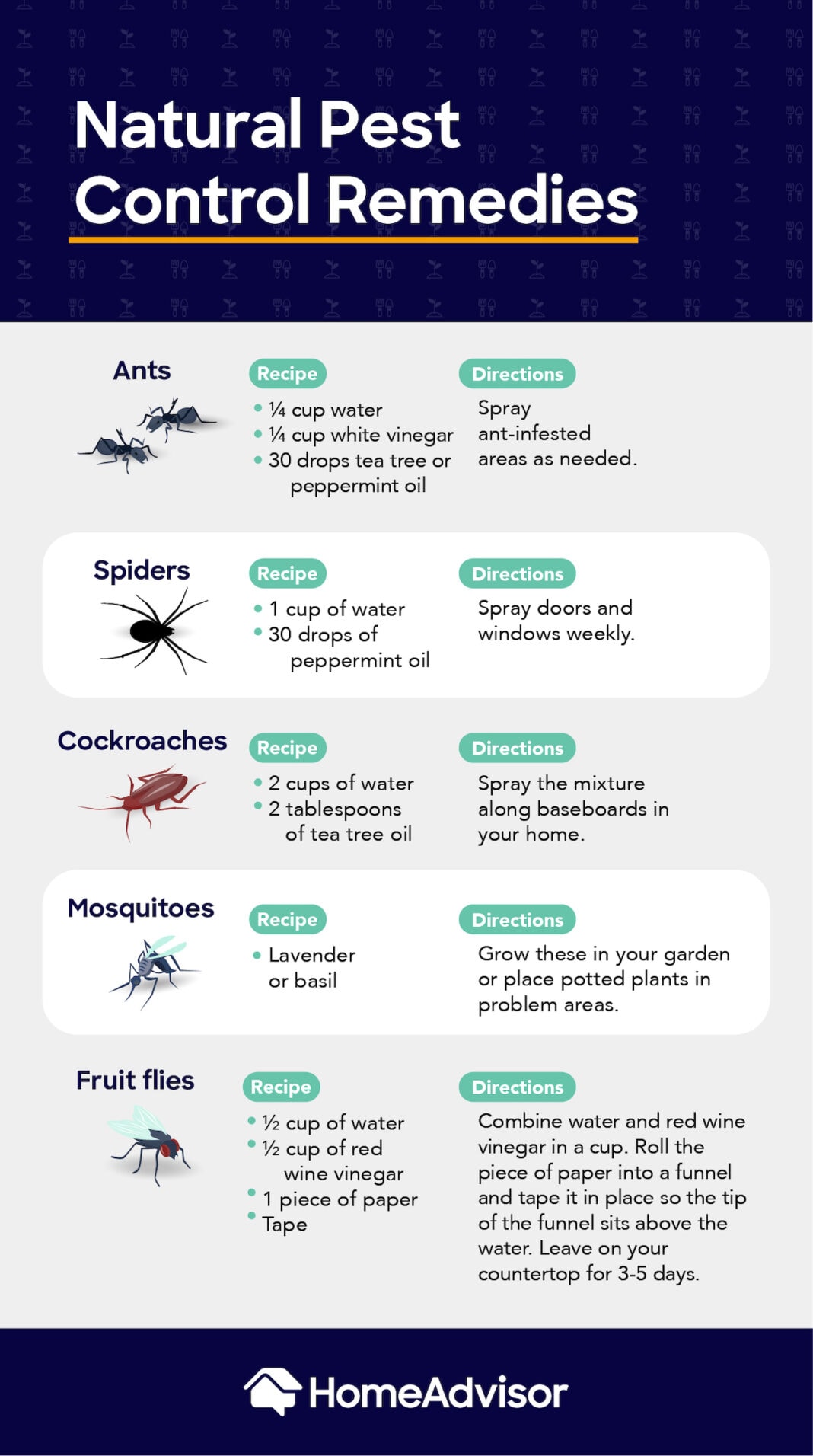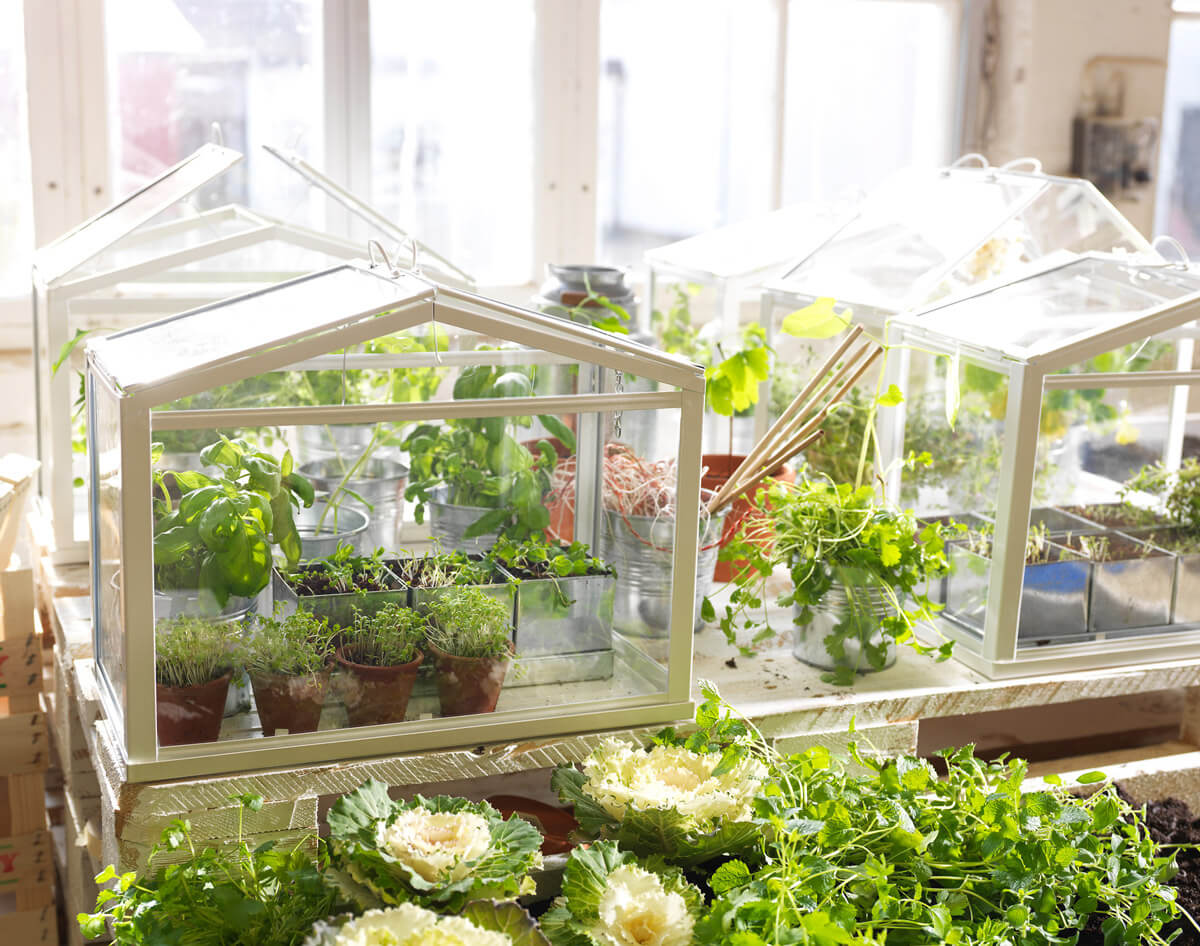Natural Pest Control Methods for a Healthy, Chemical-Free Backyard Garden

The Insider’s Masterclass: Chemical-Free Pest Control for Your Backyard Garden
Step into my garden at dawn and you’ll see dew still clinging to the leaves, a blue jay arguing with a squirrel over last year’s sunflower heads, and—if you look closely—a ladybug larva absolutely devouring a colony of aphids on my peppers. This is not a picture-perfect, bugless utopia; it’s an ecosystem humming with energy and resilience. After 17 years of trial, error, mishaps (ask me about my disastrous first attempt at “natural” slug control), and glorious comeback seasons, I've learned that chemical-free pest management is less about eliminating enemies and more about orchestrating harmony.

This guide is every trick I wish someone had handed me when I was ankle-deep in mulch and confusion. If you’re ready for more than just bullet points—if you want the real-world strategies, field-tested by an obsessed gardener who has failed spectacularly and succeeded just as hard—let’s dig in.
1. Rethinking Pest Control: From Warfare to Stewardship
The biggest shift? Stop treating pests as invaders to be nuked from orbit. The day you stop reaching for that “just-in-case” spray bottle is the day your garden begins to heal—and thrive.
Back in 2011, after a particularly nasty outbreak of cabbage worms (30+ handpicked daily!), I realized my weekly neem oil blitzes were also wiping out every helpful critter around. My brassicas looked haunted. That season taught me: sustainable pest control means supporting your allies as much as frustrating your foes.
Key Principles:
- Observe before acting: Don’t panic-spray at first sight.
- Balance trumps eradication: You want enough pests to feed their predators.
- Diversity breeds resilience: Monocultures invite disaster.
- Patience over panic: Some infestations resolve themselves if you let nature run its course (I’ve seen it with spider mites!).
2. Mapping Your Micro-Ecosystem
Every yard is unique—a truth hammered home when I moved from sandy coastal soil in Virginia Beach to heavy clay near Atlanta. What worked in one spot flopped catastrophically in another.
My annual routine now:
- Walk-throughs twice daily during peak growing season (coffee in hand at sunrise; headlamp after dusk).
- Notes + photos: Keep a log—when did thrips appear? Which beds avoided powdery mildew?
- Bug census: Use a $10 jeweler’s loupe from Amazon; I’ve ID’d everything from assassin bugs to parasitized aphid mummies this way.
Best app for bug ID? Still “Seek” by iNaturalist—but double-check with local gardening forums because regional lookalikes fool even AI sometimes.
3. Soil First—Always
Want fewer pests? Build better soil—that’s not just theory; it’s what turned my “bug buffet” tomatoes into robust survivors by year three.

Real Numbers:
- Each spring, I add at least two wheelbarrows of compost per 100 square feet.
- Mulch thickness: 3 inches minimum (shredded leaves + straw mix).
- No broad tilling since 2016—the earthworms thank me by churning up nearly six pounds of castings per bed annually (yes, I measured once out of curiosity!).
Sandy soils dry quickly and favor spider mites; clay can breed fungus gnats if overwatered—all fixable by amending with organic matter.
4. Diversify Like Your Harvest Depends On It (It Does!)
Here’s where most beginner guides stay vague (“Try companion planting!”). Let me get granular:
My Best Combos from Experience:
- Tomatoes + Basil + Borage: Not only does basil repel thrips, but borage brings pollinators and deters tomato hornworm moths—I noticed hornworm eggs drop by half after two seasons!
- Cabbage surrounded by Marigold & Dill: Fewer cabbage moths and more hoverflies patrolling for aphids.
- Native asters along fence lines = prolonged blooms = lacewing magnet well into September.
Don’t be afraid to experiment; track wins and losses each season so your plant pairings evolve smarter over time.
5. Physical Barriers & Tactical Removal
My first attempt with row covers was… comical (think shredded polyester flapping like surrender flags after a windstorm). Here’s what actually works:
- Floating row covers: Secure edges with landscape staples or old boards—not rocks! Wind finds its way under rocks every time.
- Copper tape around raised beds: Genuine slug deterrent IF kept clean—dirt bridges short-circuit efficacy.
- Eggshell borders: Only effective against very small slugs/snails—not the big bruisers we get here mid-May.
- Handpicking: Yes, it works! Last summer, our family “caterpillar hunt” netted 140+ cabbage loopers in two weeks—and made an oddly satisfying dinner-table topic…
Pro tip: Drop handpicked offenders into soapy water immediately—otherwise they climb right back out!
6. Cultivating Beneficial Armies
You want allies? Make them comfortable:
- Shallow saucers filled with pebbles + water = bee bar/butterfly pit stop
- Leave some leaf litter under shrubs all winter—I routinely find overwintering ladybugs there come March
- Avoid deadheading all flowers at once; spent blooms shelter parasitoid wasps
Ever purchased live beneficial insects online? They’re expensive ($25–$45 per release), but targeted releases have saved my kale during earwig surges—notably Trichogramma wasps wiped out armyworm eggs within eight days one June when nothing else worked!
But timing is everything: Release on cool evenings after watering down foliage so they linger longer before flying off.

7. Smart Spraying—Last Resort Only
Learned this the hard way: Sprays—even organic ones like neem or insecticidal soap—can blow up your whole micro-web if misused.
When I use them:
- Confirmed ID of soft-bodied pest (aphids/mites/whiteflies)
- Hand-removal or blasting off with water hasn’t worked
- Late evening application only—to spare bees/butterflies
Always spot-test any new spray on one leaf set first! Neem burned my baby squash seedlings once because I forgot how intense Georgia July sun can be post-spray.
8. Advanced Tactics for Stubborn Problems
Got a persistent plague? Layer these methods:
Biological Warfare—with Precision
Release predatory nematodes (Steinernema feltiae) directly into moist soil if root maggots are gnawing seedlings—I saw >80% reduction in damage compared to untreated zones over two years running!
For caterpillars that defy Bt sprays, deploy both Trichogramma wasps AND sticky cards calibrated via local extension office pest alerts (sign up for those emails—they’re gold).
Trap Cropping
2022 was the year flea beetles nearly broke me…until I planted sacrificial radish rows three feet away from my eggplants; beetles flocked to radish tops instead! Pull trap crops when heavily infested—or let beneficials feast undisturbed.
Compost Tea Foliage Drench
I brew actively aerated compost tea monthly through midsummer (5-gallon bucket w/ aquarium bubbler) and pour it directly over vulnerable greens—it noticeably cut back powdery mildew AND seems to toughen leaf cuticles against sucking insects.

9. Toolbox Essentials—with Real-Life Pros & Cons
| Tool/Resource | Why I Use It | Annoyances | Best For |
|---|---|---|---|
| Jeweler's Loupe | Bug ID accuracy | Easy to misplace | Early morning scouting |
| Commercial Row Covers | Stops flea beetles/cabbage moths | Must remove for bees | Brassica beds April–June |
| Yellow Sticky Traps | Trap thrips/leafminers | Catch good bugs too | Greenhouse tomatoes |
| Diatomaceous Earth | Slugs/beetles on dry days | Hopeless when wet | Potato beds post-rain |
| Insecticidal Soap | Aphid flare-ups | Washes off quick | Houseplants/outdoor containers |
| Live Ladybugs | Nuke aphids overnight | Migrate fast | Emergency rescues |
My golden rule now? Buy fewer gadgets—invest more time in observation logs and seasonal tweaks!
10. Real Stories from My Own Backyard
Let’s make this personal:
Aphids vs Ladybugs Showdown
May 2018 brought a green tide across my tomato patch—by Day Three, every shoot was sticky and curled despite daily hose-downs. Instead of panicking, I waited…and counted seven clusters of black-and-orange ladybug larvae working overtime within days! Two weeks later? Aphid numbers had cratered without touching a single spray bottle.
Squash Bug Siege
Summer storms in July always mean squash bugs here—but switching entirely to drip irrigation plus deep straw mulching dropped egg counts dramatically (<20 per plant vs >60 the previous year). Tossing nasturtiums as border traps worked so well that neighbors asked why their zucchini suffered while mine thrived!
Cabbage Moth Comeback
After three disastrous years losing broccoli heads to green caterpillars overnight, timed releases of Trichogramma wasps plus Bt spot-treatments gave me completely untouched harvests last fall—a first since moving here!
Failures taught me ten times more than easy wins ever did—and keeping records let me adapt faster each season.

11. Troubleshooting Cheatsheet
If something goes wrong—and trust me, it will at times—don’t despair:
| Symptom | Likely Culprit | Fix That Worked For Me |
|---|---|---|
| Holes even after spraying | Wrong pest/spray | Double-check ID w/loupe & extension office |
| Ladybugs vanish overnight | Released midday | Always release at dusk post-watering |
| Fungal outbreaks | Overhead watering | Switched entirely to drip lines |
| Slugs thriving despite barriers | Wet mulch | Fluffed mulch weekly/removed debris |
| No pollinators showing up | Too many covers/no flowers nearby | Uncover blooms/add native annuals |
Keep notes—as patterns emerge you’ll troubleshoot faster each year!
12. Your Action Blueprint — Start Today!
Let this be the season where frustration turns into insight:
- Spend tomorrow morning quietly observing your garden for thirty minutes—write down everything you see without judging it.
- Test your soil health: Dig three inches down—is it crumbly? See earthworms?
- Plant one new companion combo this week—even just basil among tomatoes or nasturtiums near beans makes an immediate difference!
- Install one simple barrier where needed: row cover on greens or copper tape around planters prone to slugs.
- When pests surge suddenly:
- Hose off first!
- If needed, apply targeted organic spray late evening only on affected plants—not everywhere.
- Note results/results lag time in your logbook!
- Expand flower diversity steadily each month—aim for continuous bloom April through October if climate allows.
- Join an active local gardening group online—you’ll discover region-specific hacks no national guide can match!
- Celebrate small victories—a leaf saved today means seeds set tomorrow!
The Ongoing Adventure (& Why It Matters)
There are no silver bullets—but there are magic moments when balance returns all on its own thanks to your patience and strategy (like watching lacewing larvae clear an entire patch overnight). The best gardens aren’t flawless—they’re resilient ecosystems pulsing with life because you chose stewardship over shortcuts.
Bookmark local university IPM resources—they predict outbreaks weeks ahead based on YOUR zip code (game-changer!). Rotate tactics annually; don’t let any single method stagnate or dominate lest pests adapt faster than you do.
Never underestimate the power of sharing stories—the oddball solution you stumble upon might save somebody else’s strawberries next town over! Every natural win expands our collective wisdom—and every setback is just another page added to your personal gardening legend book.
So here’s my challenge: Step outside today not as a panicked exterminator…but as the conductor orchestrating harmony among living things that depend on you far beyond harvest-time salads alone.
Your chemical-free backyard isn’t merely possible—it can become legendary,
one curious bug hunt,
one patient observation,
one joyous harvest at a time—
And I'll be cheering wildly every step along the way!



